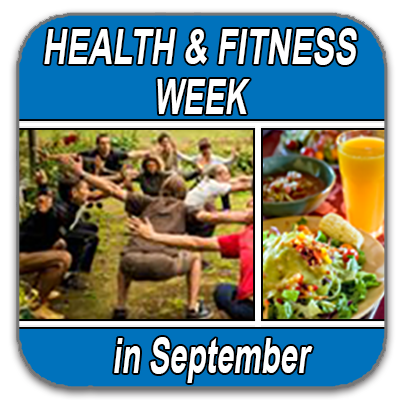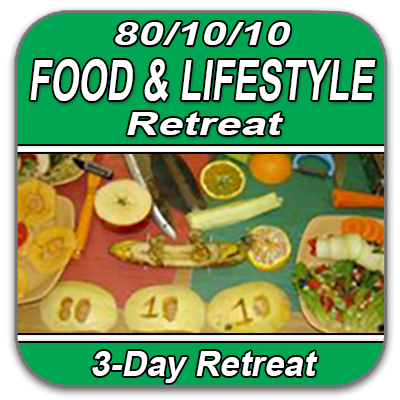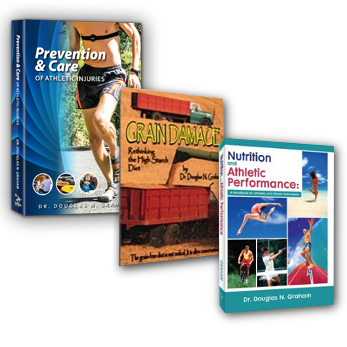
One of the most commonly asked questions about rebound exercise is, “What do you do with a rebounder, just bounce up and down?”
Dr. Alec Burton says, “Rebound exercise is a waste of time because the springs do all the work.”
While it is true that practically anyone can use a rebounder for exercise by simply bouncing up and down, the nature of rebound exercise is far more varied and versatile than it may initially appear. Consider all the variations possible in dance, for instance. Rebound exercising is easily as comprehensive as dance, and perhaps even more so.
Rebounders can be used to promote strength, endurance, cardio, neuro, and even flexibility, depending upon
the exercises chosen.
Today’s lesson will focus on just two rebound exercises, and a variation of each one. Neither of these exercises are taught in the “how to” videos you can find on rebound exercise.
Back Bouncing
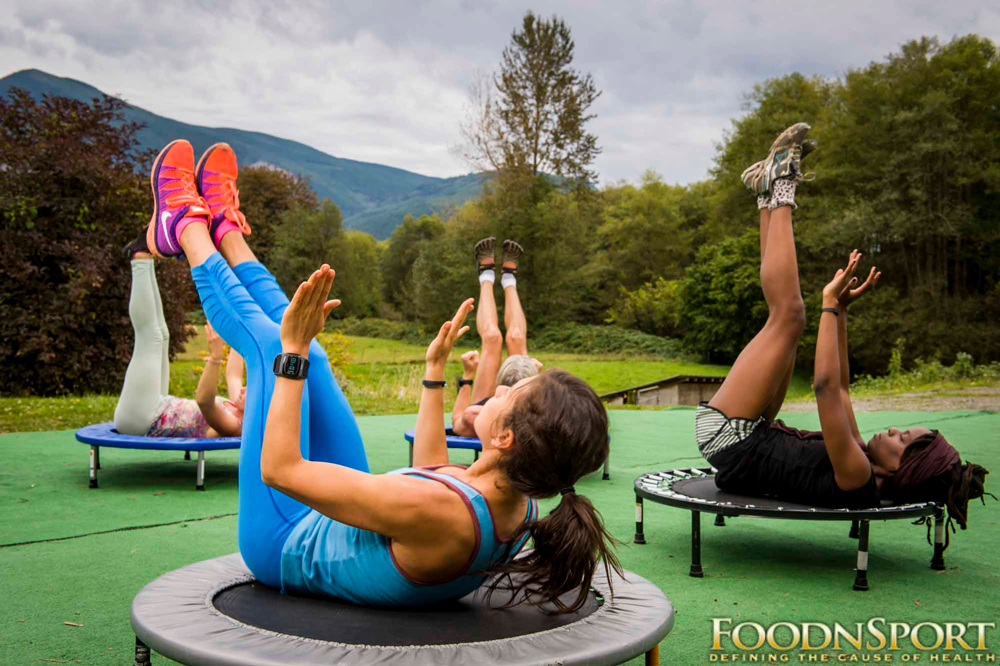
The first movement, known as “back bouncing,” is performed while on your back, in the middle of the rebounder. The hands, head, and legs are held in the air, free of the rebound surface. Hair should be contained so that it cannot get caught in the springs, if your rebounder has springs. (One major reason Dr. Graham recommends the Bellicon series of rebounders is because they use bungee rather than springs, a safer and quieter option.)
The abdominal muscles must be held in a contracted state, so that the body moves as a unit. As with all rebound movements, bounce is generated by creating a downward force, then springing upward off the “bottom” of the bounce. In this instance, the downward force is created by a slight flexing motion of the hips and also of the knees, followed by extension in the upward direction, of both of those joints, at the bottom of the bounce.
If you find yourself rocking from hips to shoulders, essentially rolling along your spine on the rebound surface, rather than propelling in an up and down direction, it is because you are projecting your force forward, rather than upward. Figuring out which way is up takes a bit of practice.
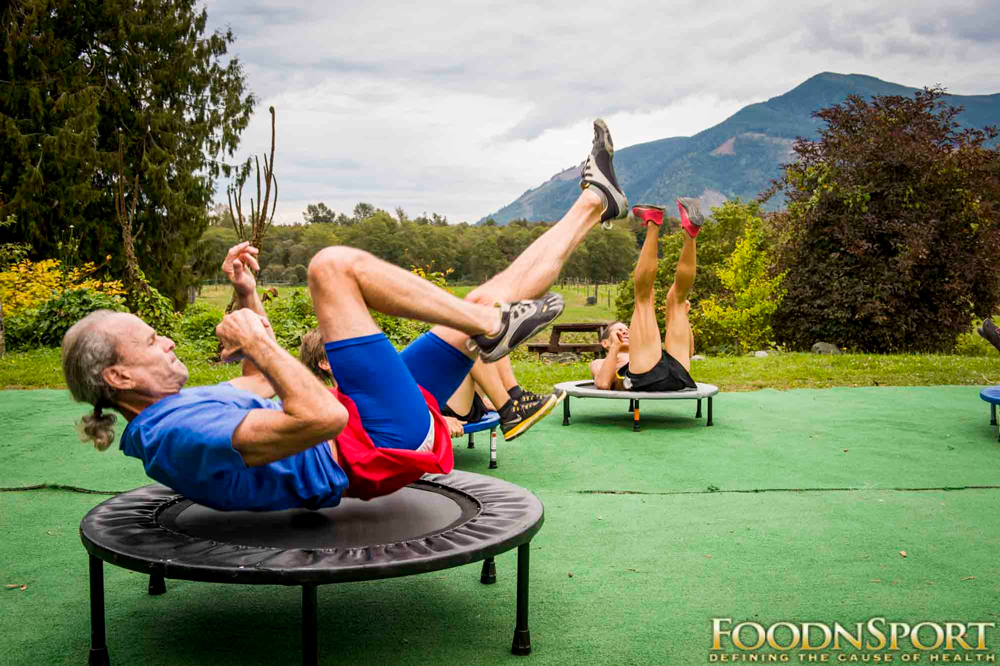
The goal is to achieve a coordinated “pulse” action, controlled up and down movement, and not even necessarily going airborne. Once you can control the direction, you will be able to add force, eventually gaining height.
One variation to this basic bounce is to continue back bouncing while performing various movements with the legs or arms, or both. In the photo, a pedaling motion is being demonstrated. Anterior neck muscles, and all of the abdominal muscles are used repeatedly in every variation on back bouncing.
Plymetric Off & On Again
The second exercise is a powerful plyometric movement in which you jump off of, and back onto the rebounder, in some predetermined and controlled pattern. Three bounces on the rebounder and one off is a good starting point.
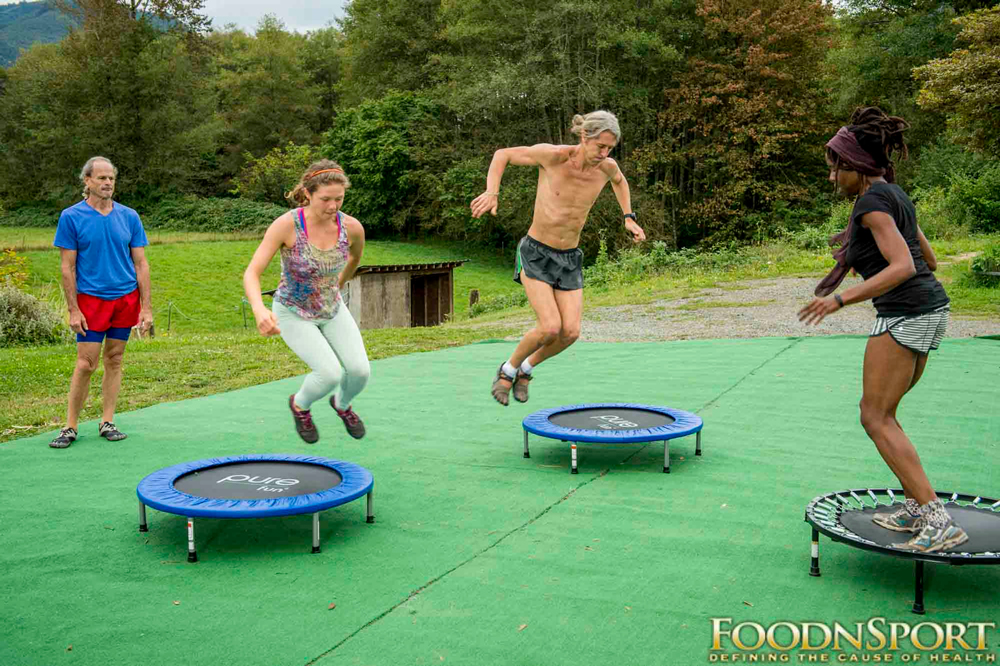
Most people find that jumping off and back onto the rebounder to the side is the easiest way to begin. One goal for this exercise is to be on the ground for as short a period of time as possible, touching the ground only on the balls of the feet.
A different goal could be to land further from the rebounder, or to show complete balance when landing on the ground, or any of countless other possibilities. When you become comfortable with the basics of jumping on and off the rebounder, you can try repeating the move, say ten or twenty times, against the clock.
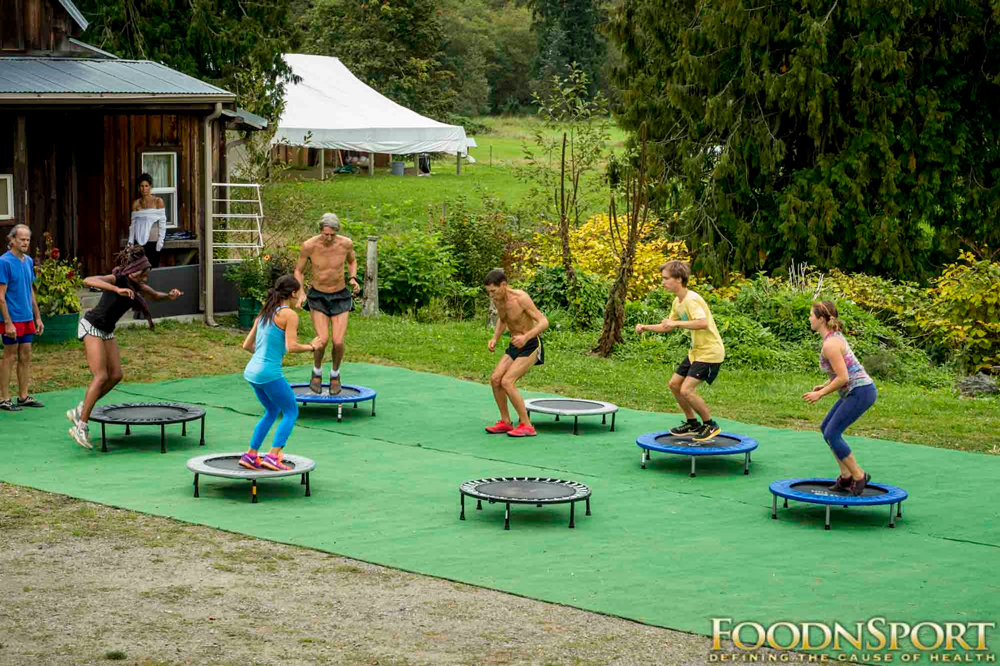
The variation shown in the second photo of this series is where bouncers jump off of and back onto the rebounder in four different directions: to the front, to the side, to the rear, and to the other side. This drill can be exceptionally demanding, especially when performed for speed, or when doing more than five complete circuits of the movement.
In both exercises, neurologic awareness is challenged and developed. Have fun on your rebounder. Be creative. And remember, you do the work, not the springs.
Equipment Supply:
|
Articles:
- Fitness: Simple Answers to Common Questions by Dr. Graham
- Getting Optimal Results by Dr. Graham
- Raw Vegan Fitness with Dr. Graham by Dr. Graham
- Getting Started: Putting Your Inertia To Work by Dr. Graham
- Deadlifting Instructional Video by Dr. Graham
- Deadlifting Basics: The Proper Stance by Dr. Graham
- More Fitness Articles
Retreats:
Amp Up Your Fitness |
Practical Skills To Thrive |
Self-Study Materials:
Raw Athlete’s 3 Book Combo |
The 80/10/10 Family Membership |
80/10/10 Bootcamp How To Live 80/10/10 |


